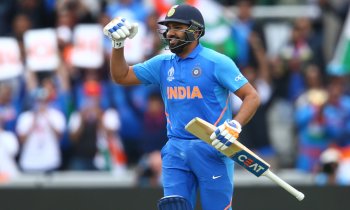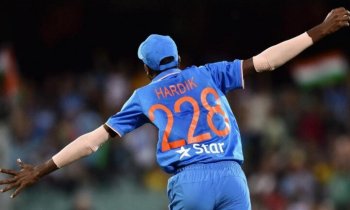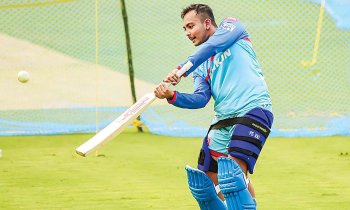Table of Contents
Broken legs in football are never pretty. Episodes such as the one of Djibril Cissé in 2004, Henrik Larsson in 1999, or Eduardo in 2008 are painful episodes. Currently, you can go to the https://india-1xbet.com/line/football website in order to discover wagers on other great football players too.

The on-field treatment of a broken leg in a football player is a critical and delicate process that requires immediate and careful attention. The purpose of this immediate treatment includes:
- minimize further damage;
- manage pain;
- and ensure the safety and well-being of the injured player.
Treating a broken leg on the field involves a coordinated effort among medical personnel, coaches, teammates, and officials to provide prompt and effective care.
To begin, when a football player sustains a suspected broken leg, the first step is to assess the severity of the injury. Medical personnel, including team doctors and physiotherapists, rush to the player's side. They conduct a quick visual assessment to determine if the leg is deformed, swollen, or displaced, which can indicate a fracture. The 1xBet platform is also available for wagering on plenty of circumstances that can happen in football matches too.
Immobilizing the injured leg is crucial to prevent further movement that could exacerbate the injury. A broken leg is usually splinted or immobilized using specialized equipment such as a vacuum splint, inflatable air splint, or rigid splint. This helps stabilize the leg and reduce the risk of further injury.
A very painful moment
A broken leg can cause excruciating pain. The medical team may administer pain relief medication, such as analgesics, to alleviate the player's discomfort and make them more comfortable before moving them. Enjoy some mobile betting bliss from 1xBet, where football and other sports are always featured. Even oxygen is provided to these players in order to make them feel a bit more comfortable.
Once the leg is stabilized and pain is managed, the player is carefully moved onto a stretcher. This process involves coordinating the efforts of medical staff and teammates to ensure the injured leg remains immobilized throughout the transfer. The stretcher is typically equipped with restraints and padding to ensure minimal movement. The best bliss that comes from mobile betting only comes from 1xBet, and you can enjoy this when wagering on football.
Depending on the severity of the injury, emergency medical personnel might be called to the scene. Ambulance services are equipped with medical equipment and personnel trained to handle severe injuries. If the fracture is severe or compound (where the bone protrudes through the skin), additional care is required to prevent infection and manage bleeding. The complexity of all this procedure so far is a reason why it is not unusual to see matches stopped for 10-15 minutes while medical personnel work with the injured player.
Once the fracture is accurately diagnosed, an orthopedic specialist will determine the appropriate course of action. Treatment options may include setting the bone manually (reduction) or surgical intervention.
If the fracture is severe or involves displacement, surgery might be necessary. Surgical intervention may involve the insertion of screws, plates, or rods to realign and stabilize the broken bone. The decision for surgery is often based on the type of fracture and the potential for optimal recovery.
Following surgery or non-surgical treatment, the player enters a rehabilitation phase. This involves physical therapy, exercises, and gradual weight-bearing activities to regain strength, range of motion, and functional mobility in the injured leg. Depending on the severity of the injury, players can be out of action between 6 and 9 months. However, in some cases, things can be more unfortunate, such as with English footballer David Busst in 1996, who was forced to retire after the severity of his fracture.





Comments